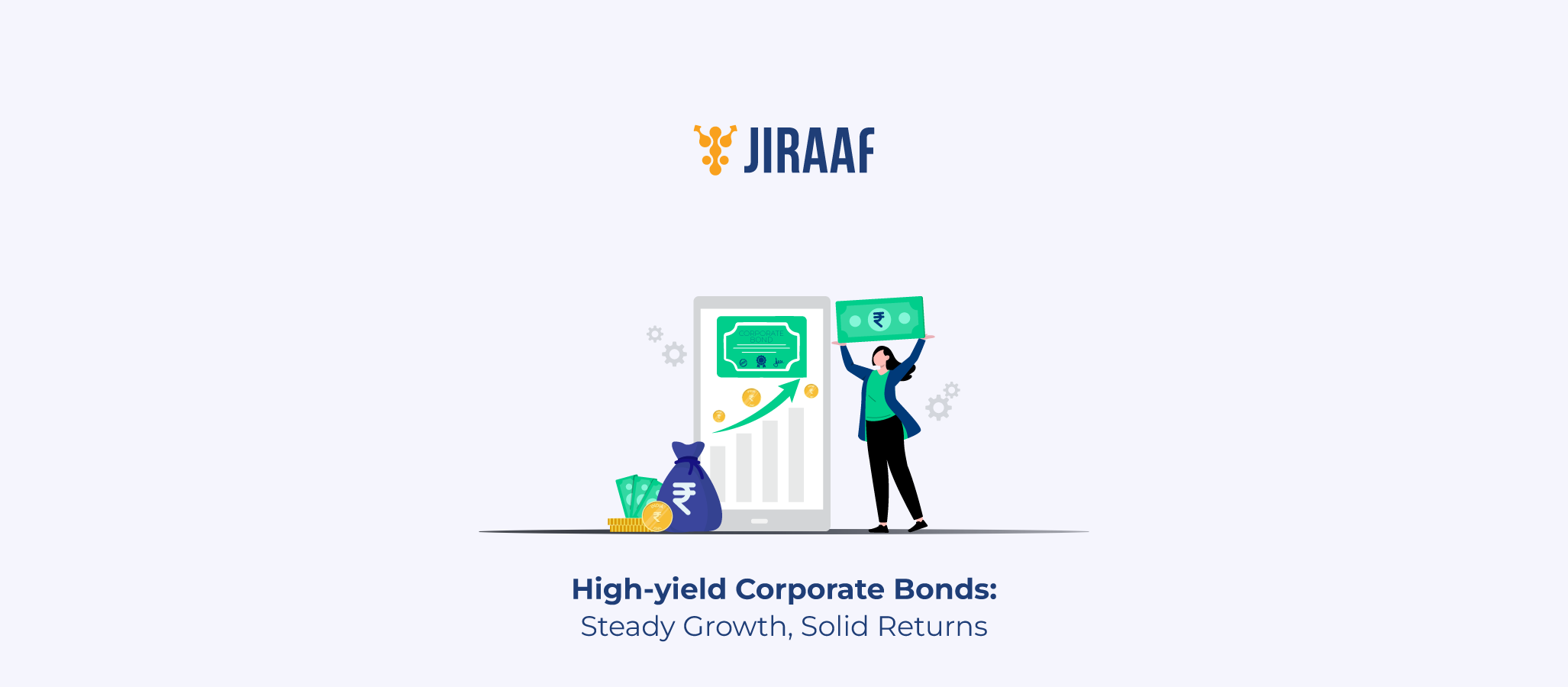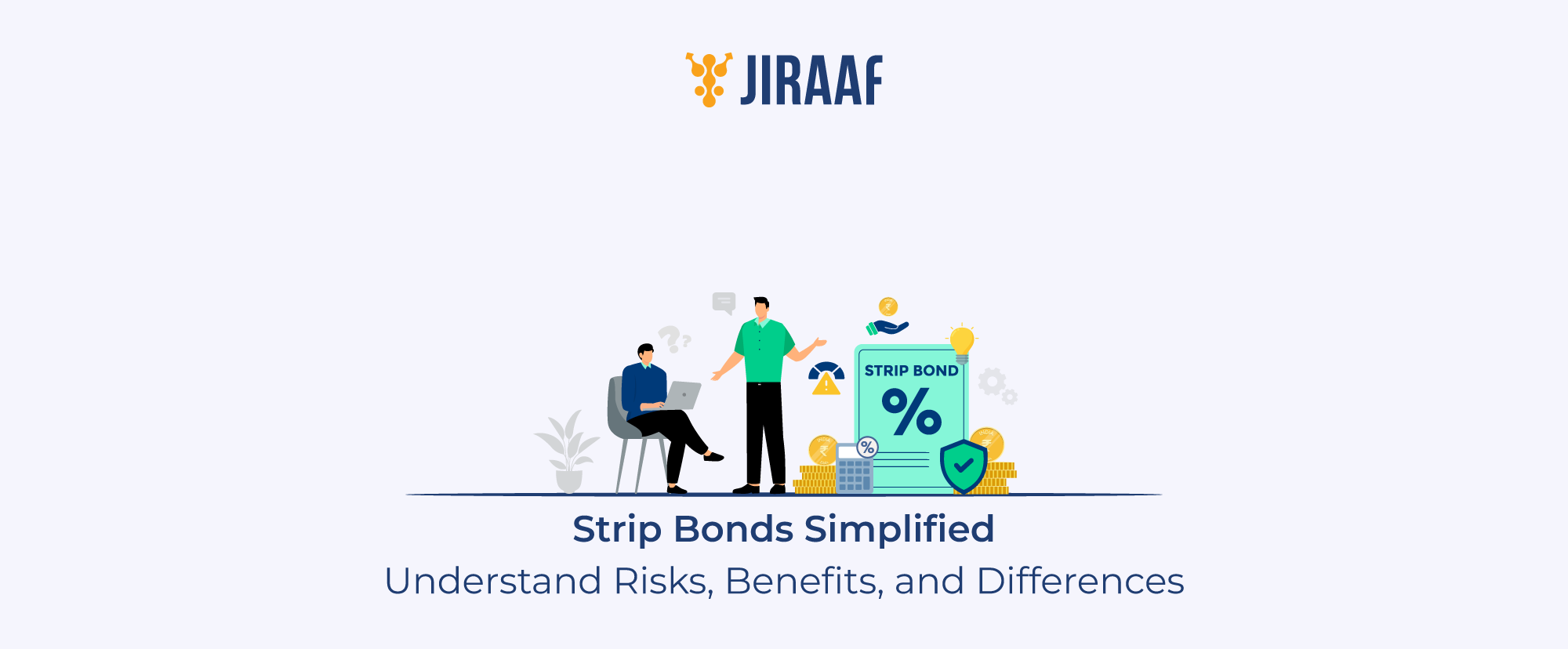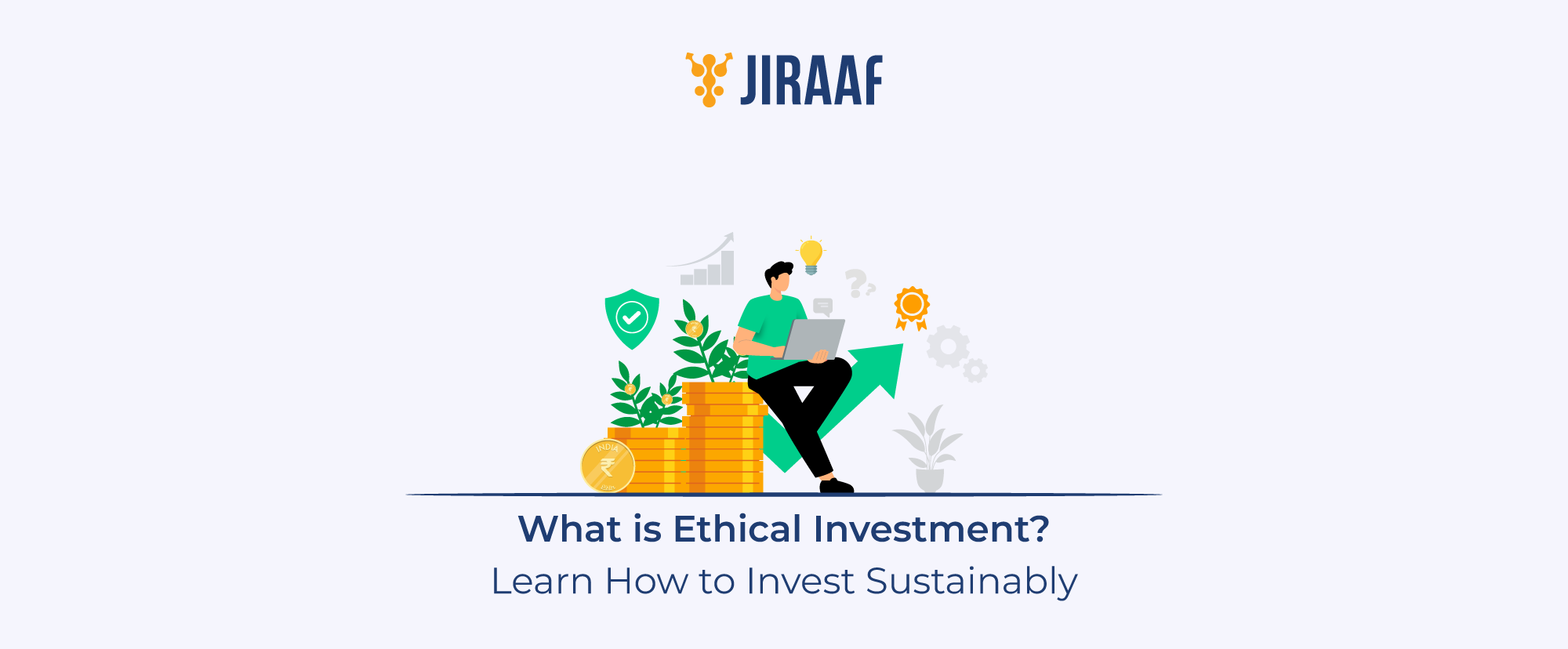When it comes to investing, most scintillating conversations revolve around stocks. But there’s an entire world of opportunities that lives beyond stocks—quieter, more stable, and often overlooked: the debt market.
The debt market is where the government and the companies borrow money from investors in exchange for regular interest payments. In India, the debt market is traditionally dominated by government securities. But over the past few years, corporate bonds have slowly but steadily carved out a larger role in the debt market.
Corporate bonds are promise-to-pay instruments that companies use to raise capital. In return, the company pays interest, usually at a fixed rate, until the bond matures.
While corporations use bonds to raise capital at efficient rates, for investors, they offer a predictable income stream and, in many cases, better returns than bank deposits or government bonds.
In 2025, the corporate bond market is buzzing as Indian companies raise record amounts through bonds, while big and small investors benefit from inflation-beating corporate bond interest rates.
With corporate bonds forming a meaningful part of India’s $2.69 trillion debt market, they’re no longer just for seasoned professionals. They’re becoming mainstream. Let’s dig deeper into how high-yield corporate bonds can help you achieve your goals, how you can evaluate corporate bond issues, and whether you should invest in corporate bonds in 2025. Let’s break it all down.
Who Issues Corporate Bonds?
Corporate bonds are a promise-to-pay debt securities that companies issue to raise capital for various purposes, such as funding capital projects, refinancing existing debt, raising capital for fresh lending, etc. Corporate bonds can be issued by entities such as:
- Public Sector Undertakings (PSUs): Government-run businesses and financial organizations, such as Indian Railways, HUDCO, NTPC, and NABARD, issue bonds to meet their capital requirements.
- Private Corporations: Private sector organizations, such as infrastructure developers and manufacturing units, regularly issue bonds to raise debt capital.
- Non-Banking Financial Companies (NBFCs): NBFCs are among India’s largest corporate debt issuers. They are in the business of lending, and they issue bonds to raise capital for their lending pool. NBFCs such as Muthoot Finance, Muthoot Capital Services, and Shree Ram Transport Finance are prominent issuers in the listed corporate bond market.
All corporate issuers have different financial health; thus, their bonds will also have varying credit ratings, interest rates, and maturities, catering to different risk profiles and investment horizons. Here are the factors that impact the corporate bond interest rate.
Factors Affecting Corporate Bond Interest Rates
Both internal borrower-specific factors, such as credit rating and issuer reputation, and external economic factors, including the risk-free rate and the economic cycle, influence the interest rates on corporate bonds. Here are the factors that impact the corporate bond interest rates:
- Credit Ratings
Credit ratings signify the issuer’s ability to repay debt on time. The higher the ratings, the higher the safety and the lower the interest rate, and vice versa.
- Prevailing Interest Rates in the Economy
The 10-year government security (G-sec) rates are considered the risk-free rate in the economy and serve as a benchmark for all bond borrowings. The cost of borrowing decreases when the economy is in a rate-cut cycle and increases when the RBI hikes interest rates.
The Indian economy is currently in a rate-cut cycle, which implies that bond interest rates are likely to decrease in the coming months.
- Inflation Expectations
Inflation numbers influence RBI rate hike and rate cut decisions. Increasing inflation will prompt rate hikes, while controlled inflation will lead to rate cuts. India has seen cooling inflation over the past few months, with April inflation at 3.16%, which is well within the central bank’s tolerance band. This could translate to additional rate cuts in the coming months, lowering the cost of borrowing through corporate bonds.
- Liquidity
Liquidity is an investor’s ability to convert their investments into cash at a fair price within a reasonable timeframe. A bond’s liquidity will also dictate its interest rates. Listed bonds with a strong secondary market will have a lower interest rate than bonds with low liquidity.
A combination of the above factors influences India’s corporate bond interest rates.
Understanding these factors will enable you to evaluate investment opportunities effectively. Let’s look at a few existing corporate bond interest rates. You can use the above parameters to assess the risk-return profile of the bonds and make an informed investment decision.
Corporate Bond Interest Rates in 2025
The corporate bond market in India has seen healthy activity over the past couple of years, with retail participation experiencing significant growth. High-yield, investment-grade corporate bonds offer inflation-beating returns, making them an ideal investment alternative for investors seeking to add stability to their portfolios following the recent equity market volatility. Here is a list of ongoing corporate bond issues segregated by yield.
High-yield Investment-grade Corporate Bonds
High-yield investment-grade corporate bonds offer an interesting mix of inflation-beating returns while balancing risk. Here’s a list of corporate bonds with high interest rates.
| No. | Bond Name and Series | Credit Ratings | Yield-till-maturity (YTM) | Coupon Rate |
| 1 | Keertana Finserv Private Limited | India Ratings BBB+ (Stable) | 14% | 11.3% |
| 2 | Spandana Sphoorty Financial Limited | ICRA A- | 14.00% | 9.81% |
| 3 | Keertana Finserv Private Limited | India Ratings BBB+ (Stable) | 13.50% | 11.30% |
| 4 | Cyqure India Private Limited | CARE BBB- (Stable) | 13.50% | NA |
| 5 | Midland Oct’24 | ACUITE A- | 11.75% | NA |
These are some of the high-yield investment-grade corporate bond issues available in the market in May-June 2025.
Financial experts recommend investing in assets that match your risk appetite and financial goals. You can evaluate the credit ratings, borrower reputation, liquidity, and other factors to see if the investment opportunities align with your goals. It is recommended that you look for other opportunities if the existing ones don’t match your appetite.
If the above-listed options do not suit your risk profile, you can explore other medium-yield investment options. While these bonds have a lower coupon rate, they also pose lower risk, making them attractive investment options. Some of the popular ongoing medium-yield bonds are listed below.
Corporate Bonds with Medium-yield
Medium-yield bonds offer a balanced risk-return profile. Blue-chip issuers issue these bonds, which offer higher coupon rates than G-secs while balancing risk. Here is a list of some medium-yield bonds.
| No. | Bond Name and Series | Credit Ratings | Yield-till-maturity (YTM) | Coupon Rate |
| 1 | Muthoot Capital Services Ltd | CRISIL A+ (Stable) | 10.50% | 9.90% |
| 2 | Navi Finserv Limited | CRISIL A (Stable) | 10.75% | 10.40% |
| 3 | Housing and Urban Development Corporation Limited | CARE AAA | 5.10% | 8.51% |
| 4 | Tata Capital May’25 | CRISIL AAA | 8.25% | 8.65% |
These are some medium-yield bond investment opportunities available in May-June 2025. It is recommended that you evaluate these opportunities in detail before making an investment decision.
The Indian bond market is growing, and as the market grows, more and more companies will opt for the bond route to raise fresh capital. This will give investors ample options, making the evaluation process crucial. Here is how you can choose the appropriate corporate bond for your portfolio.
How to Choose the Right Corporate Bond for Your Investment
Here is how you can evaluate a bond issue to choose a corporate bond that aligns with your risk appetite and investment horizon.
- Credit Ratings
Credit ratings signify the risk factor associated with a bond. Bonds with ratings ranging from AAA to BBB are known as investment-grade bonds. Of the investment-grade bonds, AAA bonds are the safest and thus will yield lower interest than relatively risky BBB bonds.
A-rated bonds are recommended for capital preservation. B-rated bonds are recommended for growth as they fall under the high-yield corporate bond category, offering higher interest rates while managing risk.
- Risk Appetite
Your bond investment selection will also depend on your risk appetite. A-rated bonds offering medium yield can be ideal for you if you have a low to medium risk appetite, and high-yield corporate bonds could be apt for you if you are looking for relatively riskier investment options.
- Investment Horizon
Your investments need to align with your financial goals’ timeline. Therefore, it is recommended that you align bond maturity with your investment timeline. Short-term bonds offering quicker returns work best for near-term goals, while long-term bonds offering medium yields can be helpful for capital preservation.
- Interest Rate Outlook
The borrowing rate depends on the prevailing interest rates in the economy. In case of rate cuts, the cost of borrowing also comes down. Long-term bonds can be locked in a rate-cut cycle when the economy’s interest rates drop. This will help you benefit from the higher rates for a longer time.
You can use the above-listed criteria to evaluate any bond issue. The next thing to understand when discussing bond investments is the difference between the interest or coupon rates and bond yields.
Corporate Bond Yields vs Interest Rates: What’s the Difference?
Bond yield and interest rates, better known as coupon rates, are often mistakenly used interchangeably, but these two parameters differ. Let’s understand what bond coupon rate and bond yield mean.
- Coupon Rate or Interest Rate
Coupon rate is the interest paid to a bond investor at a fixed interval based on the bond’s face value.
- Bond Yield
Bond yield gives the effective return on investment, considering the bond’s current market price. The yield will differ from the coupon rate if a bond is purchased at a discount or premium.
E.g., Company B issues bonds of Rs. 1000 at an 8% coupon rate for a 12-month tenure. These bonds are currently trading at Rs. 1010 on the exchange.
Here
Coupon Rate = 8% per annum
Bond Yield = annual coupon/current market price = 8%/1010 = 7.79%
While the coupon rate is the rate of interest you will receive on your bond investment, bond yield is the actual return you will make on your bond investment after considering the bond’s market price.
Tax Implications for Corporate Bond Investments
Interest income from the bond is taxable under the Income Tax Act. The interest income will be classified as ‘income from other sources’, which will be taxed at your applicable slab rate. The taxation treatment for tax-free and tax savings bonds will differ from regular bonds.
Conclusion: Should You Invest in Corporate Bonds in 2025?
Corporate bonds in 2025 present a viable investment option, offering various choices catering to varying risk appetites and return expectations. With the RBI’s monetary policies influencing interest rates and a diverse range of issuers in the market, investors can strategically allocate funds to corporate bonds for portfolio diversification and income generation.
However, thorough due diligence, understanding of credit ratings, and awareness of market dynamics are essential to make informed investment decisions.









